Patrick Bet-David explains what is happening with the unprecedented UAW strike taking place today and the severe impact it could have on the price of cars.
The United Auto Workers (UAW) union went on strike against the ‘big three’ Detroit automakers (Ford, GM, and Chrysler-maker Stellantis) in the early morning hours of Friday Sept. 15. Approximately 13,000 auto workers stopped making vehicles with some forming picket lines at plants in Michigan, Ohio and Missouri (by Sept. 23rd, the number of striking workers had risen to 18,000). The strike came as four-year contracts between the auto companies and the union expired. The contracts, which affect 146,000 U.S. factory workers, were being re-negotiated ahead of the Sept. 14 deadline, but the union and automakers failed to come to an agreement on re-negotiations in time.
UAW’s recently elected president Shawn Fain has proven to be more aggressive than past leaders of the union, as he is pursuing double-digit increases and controversial demands such as the right to strike over plant closures caused by outsourcing.
Learn the benefits of becoming a Valuetainment Member and subscribe today!
This is the first time in the UAW’s history that it is striking against all three automakers at once. Perhaps it is emboldened by recent union successes at UPS and Amazon, by Biden’s attempts to live up to his promise to be “the most pro-union president,” or by general discontent among American workers. Whatever it is, the UAW is not showing any fear demanding big changes, such as a 36% wage increase over four years. It’s also demanding the restoration of cost-of-living pay raises, an end to varying tiers of wages for factory jobs, pension increases, and a 32-hour work week with 40 hour pay. Sen. Bernie Sanders (I-VT) echoed the UAW’s call for a 4-day work week.
In response, GM and Ford offered a 20% increase and Stellantis offered a 17.5% increase. But the UAW rejected them. According to the automakers’ side of things, they say they are up against unprecedented demands as they try to develop new electric vehicles. They fear that the cost of labor will force them to price their cars above those sold by foreign automakers with U.S. factories.
Ford President and CEO Jim Farley told CNN that he is against pay increases “if it prevents us from investing in this transition to EVs [electric vehicles] and in future products like the ones we have now like a new F-150, the best-selling vehicle in the U.S.” In 2021, Ford announced its strategy to “lead America’s shift to electric vehicles” by creating a new “mega campus” in Tennessee and related plants in Kentucky. Costing them $11.4 billion, the investment plan intends to create a lineup of brand new advanced eco-friendly cars.
Impacts
This strike could last longer than the 40-day work stoppage at GM that occurred in 2019. If the strike lasts a long time, vehicle supply could run dry and car prices could be affected, forcing President Joe Biden into a difficult situation to either affirm the strike and live up to his “most pro-union” claim or side with the consumers against the unions.
And if the strike goes on long enough, the American consumer will begin to notice it in a big way as the Big Three’s combined market share is 44% of U.S. car sales. The strike could lead to production cuts which would hurt supply and lead to job losses. GM and Stellantis have already laid off 2,000 workers and idled plants because of the strike. It could also disrupt the supply chain and lead to higher prices for cars and trucks.
Used car prices have actually increased over time, and spiked during COVID-19.
 We have the opposite of a glut of cars on the market: cars are scarce enough, and were especially so during the pandemic, that used cars could be sold for more than new cars in some cases. And the media doesn’t tire of telling us that Americans’ car payments are at an all-time high.
We have the opposite of a glut of cars on the market: cars are scarce enough, and were especially so during the pandemic, that used cars could be sold for more than new cars in some cases. And the media doesn’t tire of telling us that Americans’ car payments are at an all-time high.
History
Since 1972, private sector union membership in the U.S. has sharply declined, from 24.2% to 6, according to Union Stats.
The United Auto Workers (UAW) union was founded in 1935. Walter Reuther was the president of the union from 1946 to 1970. He survived two assassination attempts and JFK sent him to Cuba to negotiate a hostage situation. LBJ tapped him for many different things, and Nixon referred to him as the guy who got JFK elected. Bill Clinton honored him with a presidential medal in 1995.
The UAW was instrumental for winning higher wages, benefits, and safer work conditions for car factory employees.
Possible Outcomes
A Quick Settlement: The UAW and the Big Three automakers could reach a quick settlement, ending the strike in days if not weeks. Best case scenario for both sides, as it would minimize economic damages.
A Long and Protracted Strike: The UAW and the Big Three automakers could fail to reach a settlement, leading to a long and protracted strike.
A Strike that Ends in a Lockout: The Big Three automakers could lock out the UAW workers, forcing them to return to work without a new contract. Major victory for the automakers, but also a major setback for the UAW and its members.
A Strike that Ends in a Strikebreaking: The automakers could hire replacement workers to break the strike. This would be a last resort for the automakers, as it would be highly disruptive and could damage their reputation.
A Strike that Ends in a Government Intervention: The federal government could intervene in the strike, either by mediating a settlement or by taking other steps to end the strike. This is possible due to Biden’s courting of unions and labor politics. But it is unlikely as the government has traditionally been reluctant to intervene in labor disputes.
Factors
The Big Three automakers are seeking to reduce costs and improve their competitiveness. The bargaining positions of the two sides will be a major factor in determining the outcome of the strike.
The public’s perception of the strike will also be a factor in the outcome. If the public supports the strike, it will put pressure on the automakers to reach a settlement. If the public opposes the strike, it will make it harder for the UAW to win its demands.
The federal government’s possible intervention, which could come in the form of mediation of a settlement or taking other steps to end the strike through pressure campaigns.
Robots
And in the back of the minds of the automakers, as they gather around the meeting table to discuss the strike, the future prospect of total automation is no doubt increasingly attractive. In 2021, Ford, Toyota, and Hyundai representatives discussed the ways their companies are pouring money into robotics. More in this line of thinking is sure to come.

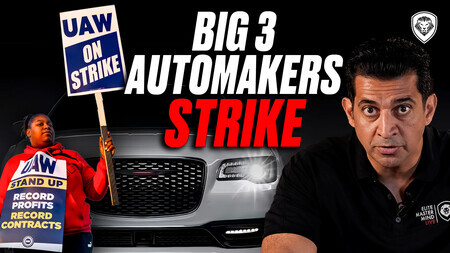
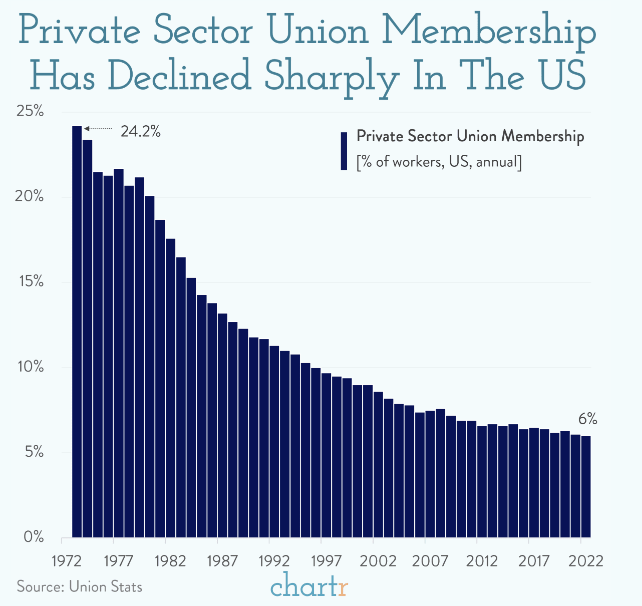
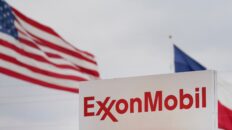

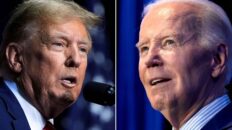
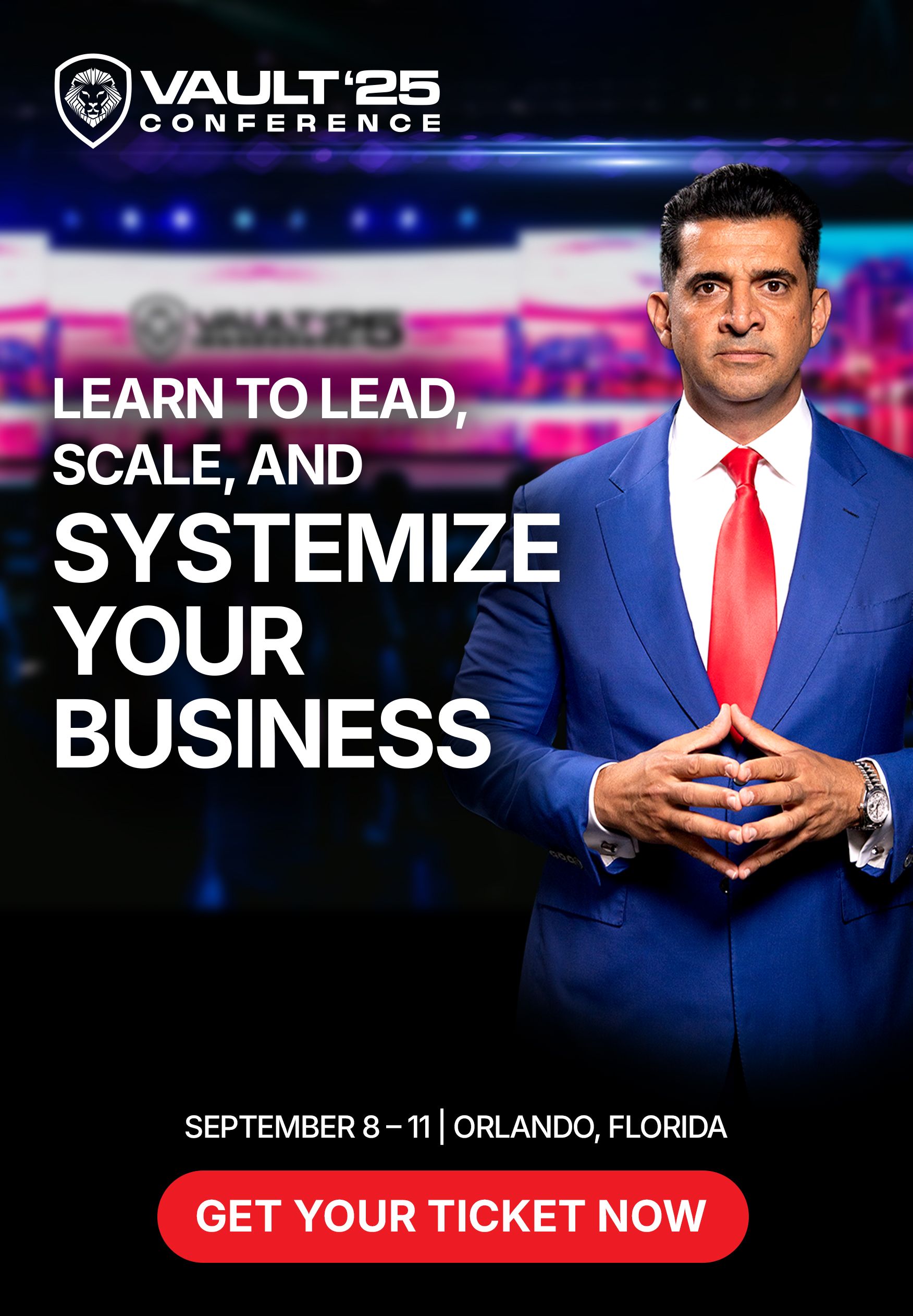


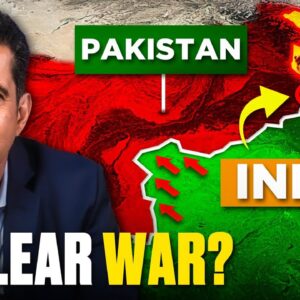





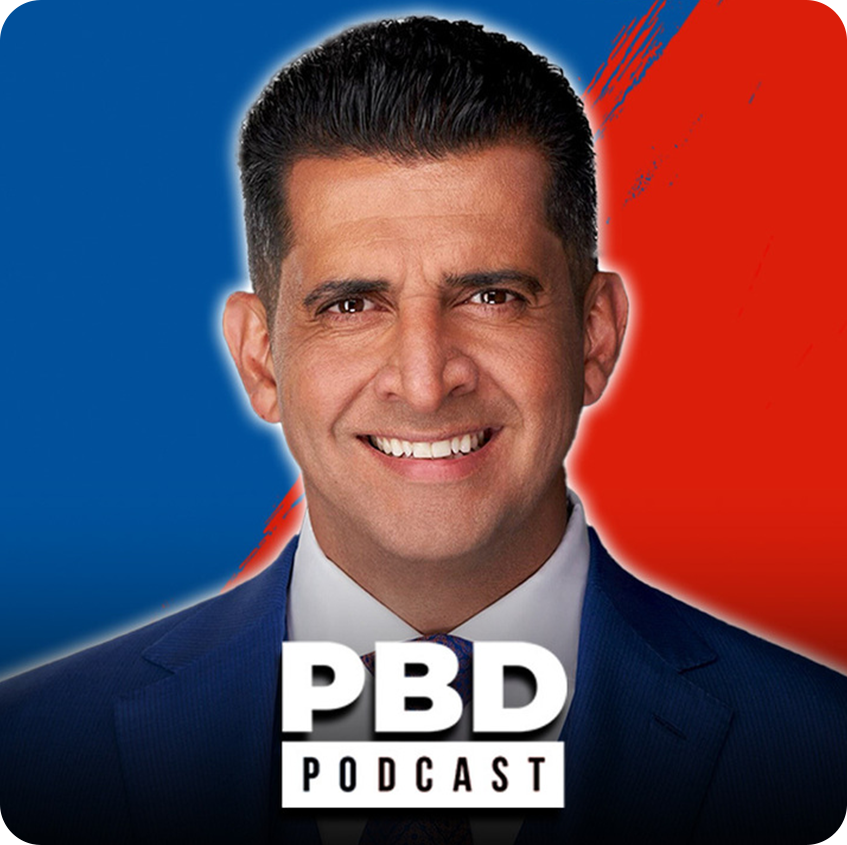


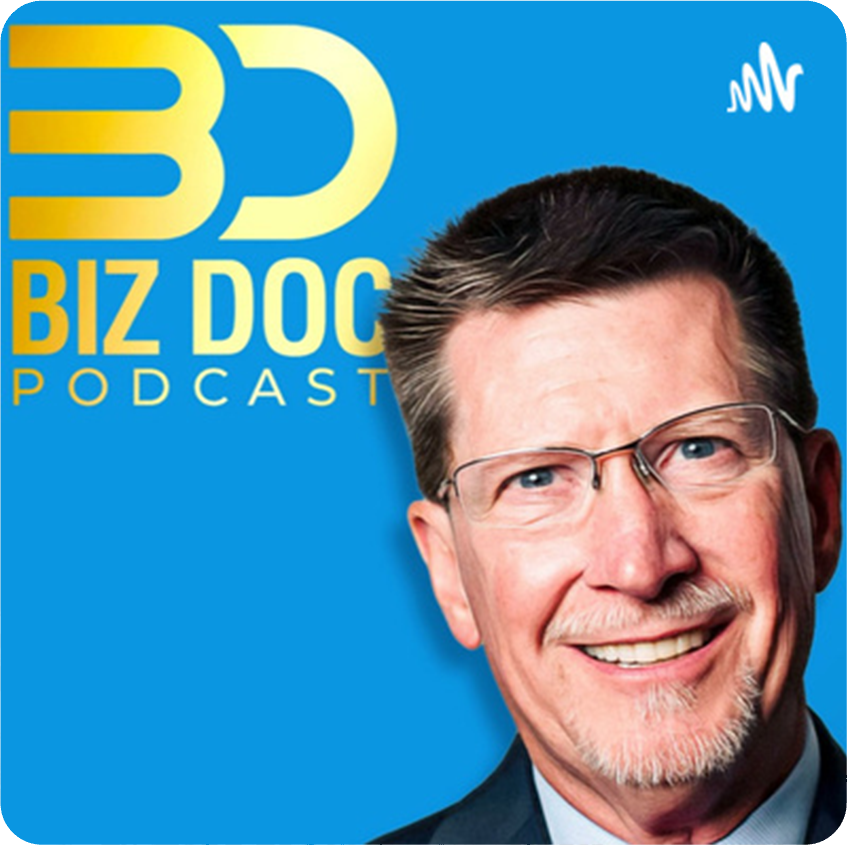
Add comment